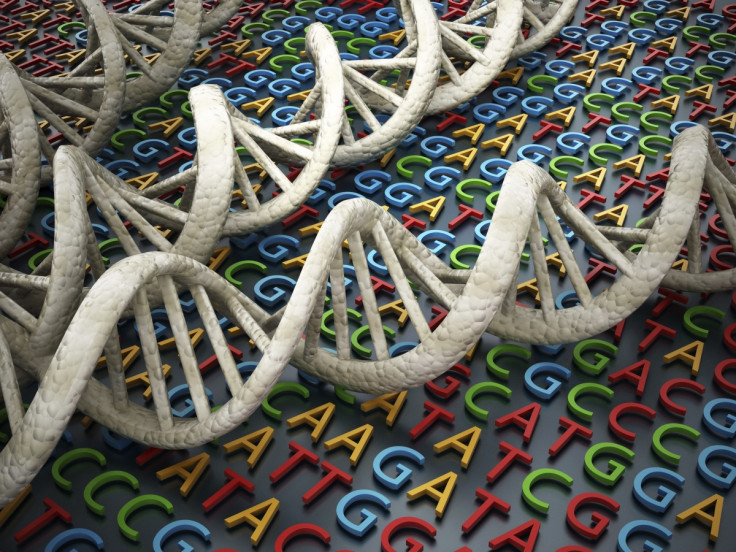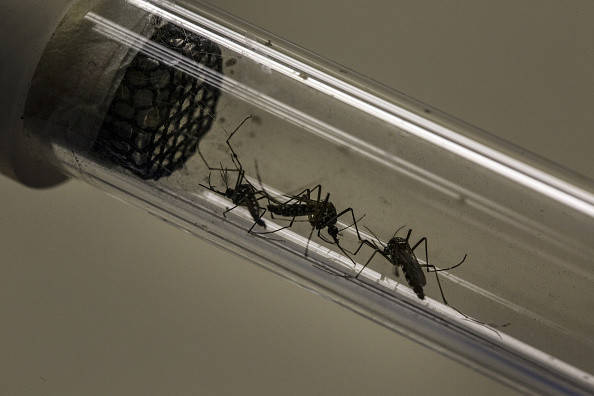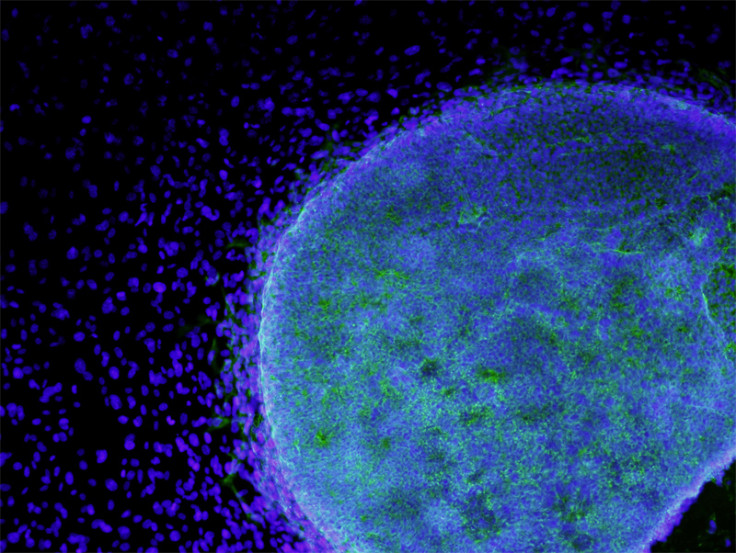What is CRISPR and should we be using it to change embryos?
The genome-editing tool, known as CRISPR (Clustered Regularly-Interspaced Short Palindromic Repeats), is undoubtedly a revolution to science.
On 1 February, UK scientists were given the go-ahead to start genetically modifying human embryos. The aim of this research is to try discover which specific genes are needed for the embryo to grow – potentially finding ways to remove diseases before birth.
The genome-editing tool, known as CRISPR (Clustered Regularly-Interspaced Short Palindromic Repeats), is undoubtedly a revolution to science. Considering the amount of DNA in the human body – which is estimated at around three billion basepairs – the idea that scientists can pick just one of these basepairs and alter it, is ground-breaking.
However, as we have seen with many practices that involve embryos before – including abortion and to an extent, IVF – there is opposition to CRISPR. The argument? We do not know how far this technology will go.
What is CRISPR?
CRISPR is a gene-editing tool. It allows scientists to not only examine every single strand of DNA in an embryo, but also adapt them. It is an incredibly efficient and precise mechanism for targeting genes. The basis for the practice comes from bacteria.
There are two parts to CRISPR in bacteria − CRISPR and CAS. For nearly 40 years, scientists recognised that the DNA in bacteria occasionally had strange patterns.

Every now and then, a strand of DNA seemed to be repeated. They were exactly the same and appeared at regular intervals. The scientists called this arrangement 'clustered regularly-interspaced short palindromic repeats' – or CRISPR.
These exact copies of CRISPR were discovered to be replicas of virus's DNA. This means that the bacteria's immune system recognises the DNA of invading viruses, and can attack it accordingly. It seems CRISPR is a natural form of active immunity against viruses for bacteria.
What attacks these raiding viruses? An enzyme – known as CAS. CAS (CRISPR Associated Proteins) act like a pair of scissors. They wait for the unwanted viruses and then cut them to pieces – effectively destroying them.
Scientists have been able to harness this unique mechanism in bacteria and apply it to humans. All that the CAS enzymes need is direction – where to cut – and they will target any DNA that is needed to be cut.
This is exactly what UK scientists have recently been allowed to do. With this technology, they can snip, swap and adjust any DNA they want to.
Benefits
Why do it? There is a fairly straight forward answer for scientists.
"The main argument is that you could stop diseases before they even started," Dr Silvia Camporesi, bioethicist from the Department of Social Science, Health and Medicine at King's College, London told IBTimes UK. "You could correct cystic fibrosis, for example, before the baby is even born."
With the ability of altering DNA, scientists can peer inside the future of an embryo. If it is to grow up with a debilitating disease or condition, gene editing can correct the faulty DNA before the child's birth.
Theoretically, this should reduce birth defects and disease. The technique could also stretch to genetic conditions. For example, if there is a history of a certain type of cancer in the family, CRISPR can isolate that part of the embryo's genetic make-up and change it.
"If someone is more susceptible to cancer, you can prevent it early on. You can essentially stop certain bad things from happening," added Camporesi.
On an economic scale, gene editing is cheap, easy and flexible.
Controversies

Of course, there are ethical issues surrounding fundamentally changing someone's make-up.
Some argue that this is too much power for humans to have. With the ability of swapping and changing genes, there is an argument that it is only a matter of time before humans treat their children's genes as a project – who can have the best designer baby?
Sheldon Krimsky, professor at Tufts University in Massachusetts, said: "Eugenics will inevitably be used by those with wealth and power to make others believe that prenatal genetic modification makes people better. This would be as much a myth as believing that the sperm from Nobel Laureates will produce a genius child."
The other argument is a more subjective one. Should we be changing living organisms?
Camporesi explained that critics of genome editing often have the view that: "A human embryo is potentially a human person, and should not be touched".
These arguments are similar to the abortion-debate arguments. Critics of genome editing also worry that the changes are being passed down to future generations. However, this is not happening in the UK, as it is illegal to implant any genome-edited embryo.
Similarly, there is an argument that somebody born with Down's Syndrome, for example, may be perfectly happy in themselves.
"People don't want to eliminate Down's Syndrome, for example, because it is part of their identity," Camporesi told IBTimes UK.
When speaking of her son with Down's Syndrome, mother Caroline White told The Guardian: "He's not a list of characteristics in a textbook; he's my child. He's everything I wanted my son to be."
A history of CRISPR
CRISPR is a relatively young technique – its first use was in 2012 for food production and fermentation. In the brief four years since, the technology has gone from genetically modifying crops to genetic-editing in human beings. Should we be concerned at how quickly this is all moving?
"In my opinion, there is too much discussion around future effects," Camporesi replied. "I'm in support of it, and of course, this has already been done elsewhere. China began in April 2015."
China have been using gene-editing for 10 months now, and the amount of money the Chinese government is pumping into CRISPR research is going up and up.
The National Natural Science Foundation has recently awarded more than CH ¥ 23 million (£2.5m, $3.5m) to 42 CRISPR projects throughout the country – a 100% increase since its first funding allowance in April 2015.

"Whether it's animal or plant, our country has special funds for this aspect of work," Lai Liangxue told Bloomberg, deputy director from the Southern China Institute Of Stem Cell Biology And Regenerative Medicine.
As it stands, Chinese researchers have used the technique to create wheat resistant against a common fungal infection, dogs that are much more muscular than average and pigs that have a leaner meat. They are currently investigating a new treatment for breast cancer – albeit, a treatment before it even begins.
The first reports of human gene-editing came from the Southern city of Guangzhou, close to the Hong Kong border. Sun Yat-Sen University released a report that described their attempts at editing a gene that causes thalassaemia – a blood disorder.
With just a 33% success rate of the 86 embryos they tested, the researchers were slammed by international organisations; including The PHG Foundation, a policy think tank of Cambridge University health experts.
"This story underlines the urgent necessity for international dialogue over the ethics of germline gene-editing in human embryos, well in advance of any progression towards theoretical clinical application," said Dr Phillippa Brice at the time of the PHG Foundation.
As it stands, the US is still firmly against gene-editing. The UK, however, has recently been given the go-ahead – providing scientists stick to firm guidelines, including not using any embryos that are older than 14 days old. After those two weeks, that single embryo could become twins – and that is where the line is drawn.
© Copyright IBTimes 2025. All rights reserved.






















